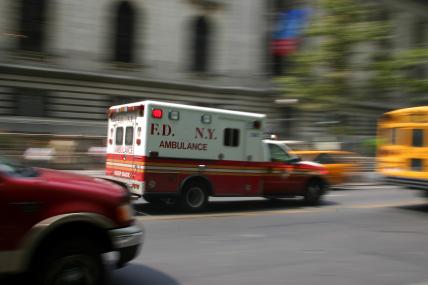Research Article Finds Persistent Health Care Inequalities in Manhattan

In Manhattan, the public's access to timely and effective outpatient care improved by a “remarkable” extent from 1999 to 2013, according to a newly published article coauthored by Victor Rodwin of NYU Wagner.
However, major disparities persisted during the same period along lines of health insurance status, race, ethnicity, and neighborhood, the article in the journal World Medical & Health Policy concludes.
Co-written with Michael K. Gusmano of Rutgers University and Daniel Weisz of Columbia University, the article is based on hospital administrative data on hospital discharges for avoidable conditions.
The authors write that in spite of “remarkable gains in its [New York City’s] population health status and access to health care services,” geographically-based poverty, income inequalities, and disparities in population health and health care persisted over the 14-year span.
The trends are hardly inevitable, they write.
On the contrary, the article states, “Cities in other wealthy European nations do not have the same share of population living below poverty levels and in disadvantaged neighborhoods. Nor do they share the same extent of spatial segregation and city-suburban disparities as in the United States.
“These problems have been created by national policies that produce inequalities in wealth and income, and offer inadequate protection against racial and ethnic injustice. Our analysis documents one important consequence of these political decisions."
The article is entitled “Persistent Inequalities in Health and Access to Health Services: Evidence from New York City.” Rodwin is a professor of health policy and management at Wagner.